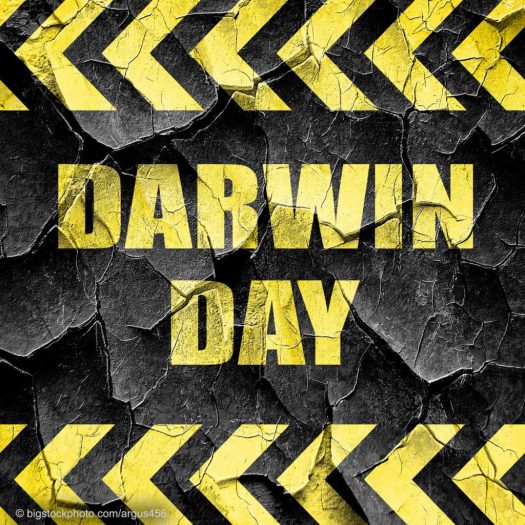
One of the oldest controversies among anthropologists is over whether a “splitter” view or a “lumper” view is the most accurate description of human history. As scientists study ancient fossils, they have to determine whether they should be split into different species of hominids or lumped into races of one human species. One of the famous splitters was Louis Leakey who attached a new name to every find he made. Because of his long and productive life in studying the fossils of Africa his names have stayed around for a long time.
Other anthropologists have suggested that many of the specimens with unique names were actually just racial variations. Races can look very different and yet still be one species. There is just one human species. Looking at the skeletal remains of a Pygmy and a Swede, one might conclude that they are two different species, but they are fertile with one another, and they are one species. Racial characteristics are usually related to climate. Skin color is related to how close to or how far from the equator ones’ ancestors have lived. Lighter skin color can absorb more vitamin D from limited sunlight, and dark skin gives greater protection from the harmful rays of the Sun.
All of this has been getting attention recently as scientists study the DNA of the remains of various humans. The London Natural History Museum has just released a study of the DNA of the so-called “Cheddar Man”–a human skeleton discovered in Cheddar Gorge, Somerset, England, in 1903. The study suggests that this person had dark skin, blue eyes, and curly hair. The theory is that the British landmass was connected to continental Europe and that humans migrated into the area with some of them coming all the way from Africa.
The Bible makes it clear that there is one human species. The apostle Paul said in Acts 17:26 God “has made of one blood all nations of men to dwell on the face of the Earth.” What distinguishes humans as a species is that God created us in His image which gives us the ability to worship and have creativity and a concept of self. Our physical characteristics which identify us racially are simply functions of genetic heritage and the environment in which we live. Racial prejudice comes from ignorance, and Christians should be leaders in demanding equality for all people.
–John N. Clayton © 2018








